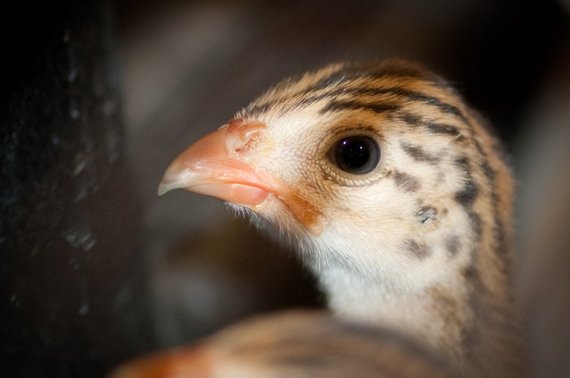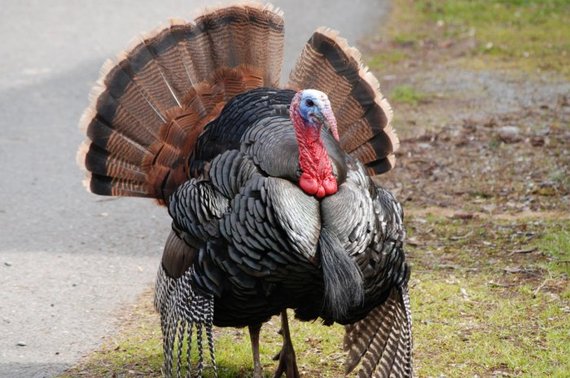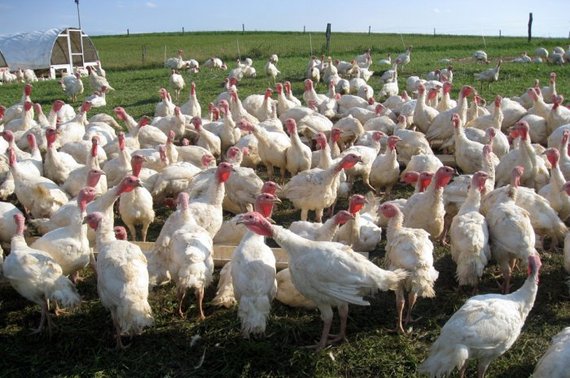Turkey Day wouldn't be the same without this fowl.
Move over bald eagle, the title of our great nation's official bird was almost bestowed upon the wild turkey. Instead, unfortunately for the turkey, this great fowl became an American tradition in another way -- served up each Thanksgiving on a silver platter.
But before turkeys and Thanksgiving became synonymous, these wild fowl roamed free in more than 39 states, wattles, snoods, and all. Farming, domestication, and demand caused a dip in the wild turkey population, with only 29 states reporting a thriving wild turkey population today.
Now, roughly 200 million turkeys are consumed each year in the U.S., with a large proportion of them winding up on the menus for Turkey Day. Aside from what stuffing, dressing, or gravy is best to accompany your bird, how much do you know about these large, tasty fowl?
This year, when the conversation reaches a lull at your Thanksgiving feast, you will have 10 turkey facts to impress your dinner companions.
A Chick? A Duckling? What Is a Baby Turkey Called?
A baby turkey has its own unique name and is called a poult. The term comes from the Middle English polet or pulte, meaning young fowl.
Breeding Has Increased the Average Size of Domesticated Turkeys
This isn't the same turkey that your grandparents or even your parents ate as children. The average weight of a farm-raised turkey in 1965 was around 18 pounds, while today, the average turkey weighs almost 30 pounds.
Butterball Turkey Talk Line Launched in 1981
America's largest turkey processor fielded 10,000 calls from confused home cooks during their inaugural season of the turkey hot line in 1981. Today, they receive upwards of 100,000 calls during the holiday season.
Can Turkeys Fly?
Most factory-raised turkeys today are out of proportion, as they are bred to have unusually large breasts. These turkeys can't fly, but wild turkeys fly and roost in trees at night.
Minnesota Produces the Most Turkeys in the U.S.
Minnesota's 450 turkey farmers produce more than 46 million turkeys each year.
Angela Carlos, The Daily Meal





